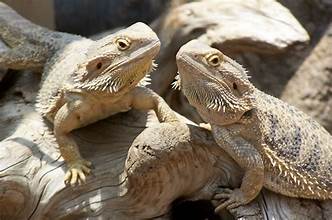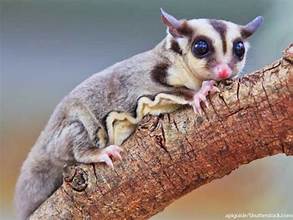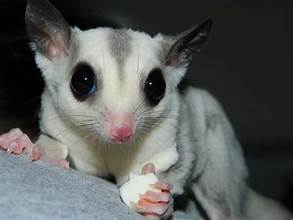The bearded dragon, or “beardie” for short, is a captivating pet lizard known for its calm demeanor and unique appearance. But before you welcome one of these intriguing pals into your home, it’s essential to understand their needs. This guide will cover the basics of bearded dragon care and diet, helping you decide if a bearded dragon is the right reptilian companion for you.
Creating a Beardie Paradise
Bearded dragons are desert dwellers, so their habitat should replicate a warm, dry environment. Here’s what you’ll need:
Terrarium:
A 40-gallon terrarium is ideal for adult bearded dragons. Ensure proper ventilation with mesh sides.
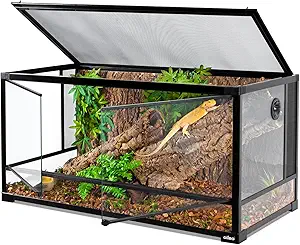
Substrate:
Loose substrates like sand can be harmful if ingested, so opt for paper towels, reptile carpets, or tile.
Heating:
Provide a basking spot reaching 100-105°F with a heat lamp and UVB light. UVB light is crucial for calcium absorption and overall health.
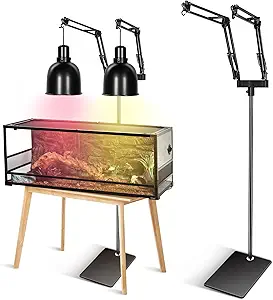
Hiding spot:
Beardies need a place to feel secure, like a cave or reptile hammock. This spot is crucial for their mental well-being, as it provides a safe space to retreat when they feel stressed or threatened.
Water dish:
Provide a shallow dish with fresh water daily.
Dietary Needs of a Bearded Dragon
As omnivores, bearded dragons enjoy a varied diet of insects, vegetables, and occasional fruits.
Here’s a breakdown:
Adults (over one year old): 80% vegetables, 20% insects:
80% Plants: Focus on dark, leafy greens like collard greens, mustard greens, and dandelion greens. Shredded carrots, butternut squash, and chopped peppers are also excellent choices.
20% Insects: Crickets, dubia roaches, and superworms are excellent protein sources. Dust insects with calcium powder a few times a week to prevent deficiencies.
Juveniles (under one year old)
50-80% Insects: Offer a wider variety of insects alongside greens to support their growth.
Feeder Insects:
Crickets:
A staple feeder insect, gut-load them (feed them nutritious food) before feeding to your bearded dragon.
Dubia roaches
They are a healthy alternative to crickets, rich in protein and calcium.
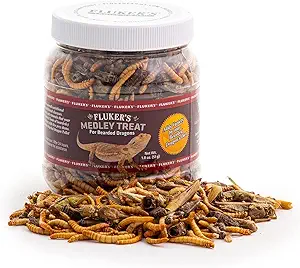
Superworms and waxworms:
These should be offered sparingly due to their high-fat content.
Veggies:
Leafy greens:
Collard greens, mustard greens, and dandelion greens are all excellent choices.
Other veggies:
Shredded carrots, chopped peppers, and butternut squash offer variety and nutrients.
Fruits:
Limited quantities only – occasional treats like berries or melons.
Important Note:
Avoid iceberg lettuce, spinach, and avocado, which are unhealthy for bearded dragons.
Beyond the Basics
Handle with care:
Bearded dragons can be stressed by excessive handling. Let them adjust to their new environment before initiating interaction.
Regular vet checkups:
Schedule annual checkups with a reptile vet to ensure your bearded dragon’s health.
Research and commitment:
Bearded dragons can live 10-15 years. Owning one is a long-term commitment, so be sure you can provide proper care for their lifespan.
Bearded dragons are social creatures that can recognize their owners and enjoy gentle handling. However, supervise playtime with children to avoid stressing the lizard. Regular tank cleaning and veterinary care are essential for your beardie’s well-being.
Is a Bearded Dragon Right for You?
Bearded dragons are rewarding pets, but their care requires specific knowledge and a significant level of dedication. If you can provide a suitable habitat, a balanced diet, and responsible care, a bearded dragon can be a fascinating and affectionate companion. Remember, adoption is always an option! Many reptile rescue organizations have bearded dragons looking for loving homes.
Going to a shelter or reputable breeder is always the best option. They can offer valuable advice and ensure your beardie gets a healthy start.
Would you be a good fit? Do more research on bearded dragon care and temperament. Consider visiting a reptile rescue or breeder to meet these fascinating creatures firsthand.

